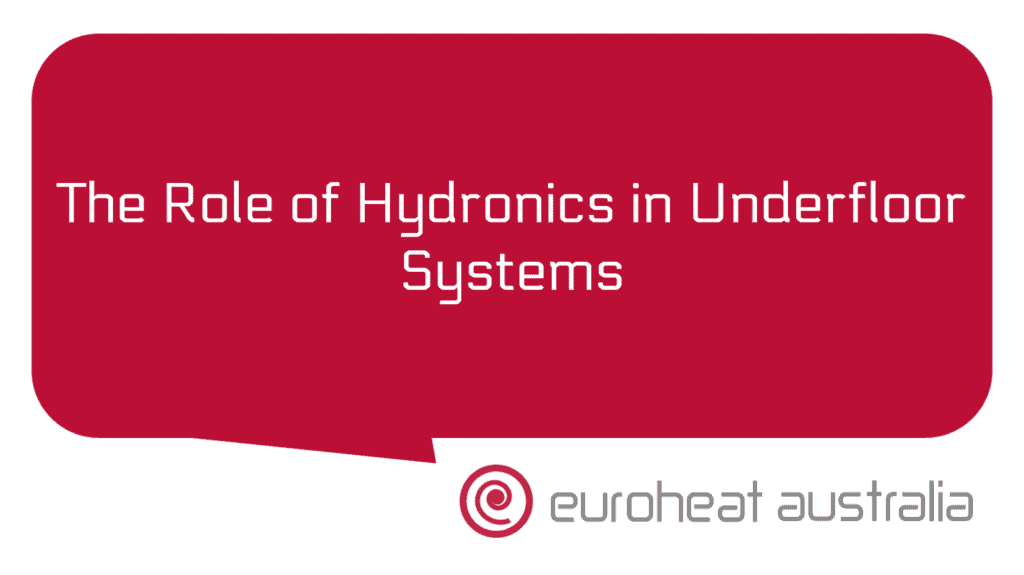For Australians who want to save energy and money, having an efficient air-conditioning system is essential. Waste chill air-conditioning systems are a great way to reduce your energy consumption and promote sustainability in your home. But what filter options are available for these systems?
When it comes to air-conditioning filters, there are a few different types that you can choose from. The most common filters are HEPA (High Efficiency Particulate Air) filters. These are great at trapping dust, pollen and other airborne particles, making them ideal for people with allergies or asthma. Other popular filter options include activated carbon filters, which can help reduce odours in the home; and electrostatic filters, which help capture even smaller particles than HEPA filters.
However, one of the most effective filter options available for waste chill air-conditioning systems is the heat and chill recovery system. This system works by capturing the hot air that has been cooled by the AC unit and returning it back into the house as warm air. This helps to reduce energy consumption as it reduces the amount of time it takes for the AC unit to cool down a room. It also helps to reduce your energy bill as it reduces how often you have to run your AC unit.
When installing a heat and chill recovery system, it’s important to get professional advice from experienced engineers & installers such as Euroheat Australia in Perth who have a track record of designing & constructing hydronic heating & cooling systems with 30 years of experience. They can advise you on not only the best filter option for your waste chill air-conditioning system but also on how best to install it so that you can get maximum energy savings in terms of both cost reduction and environmental impact.
For example, if you install an advanced heat recovery system such as Euroheat’s Heat Recovery System (HRS), you could save up to 40% on running costs compared to more traditional AC units. That’s a significant cost reduction over time! Not only that – but due to its advanced design features such as an integrated heat pump & boiler combination – this type of HRS is capable of providing additional heating capacity during winter months when conventional sources fail or require large amounts of fuel to operate properly.
To sum up, when choosing a filter option for your waste chill air-conditioning system there are plenty of possibilities out there – from HEPA filters through to heat and chill recovery systems – all offering different levels of efficiency and cost savings depending on your needs and budget. The key is getting expert advice from experienced engineers & installers who can advise you on which solution will be best suited for your home before installation begins – this way you can ensure maximum energy savings both now and in the future!





